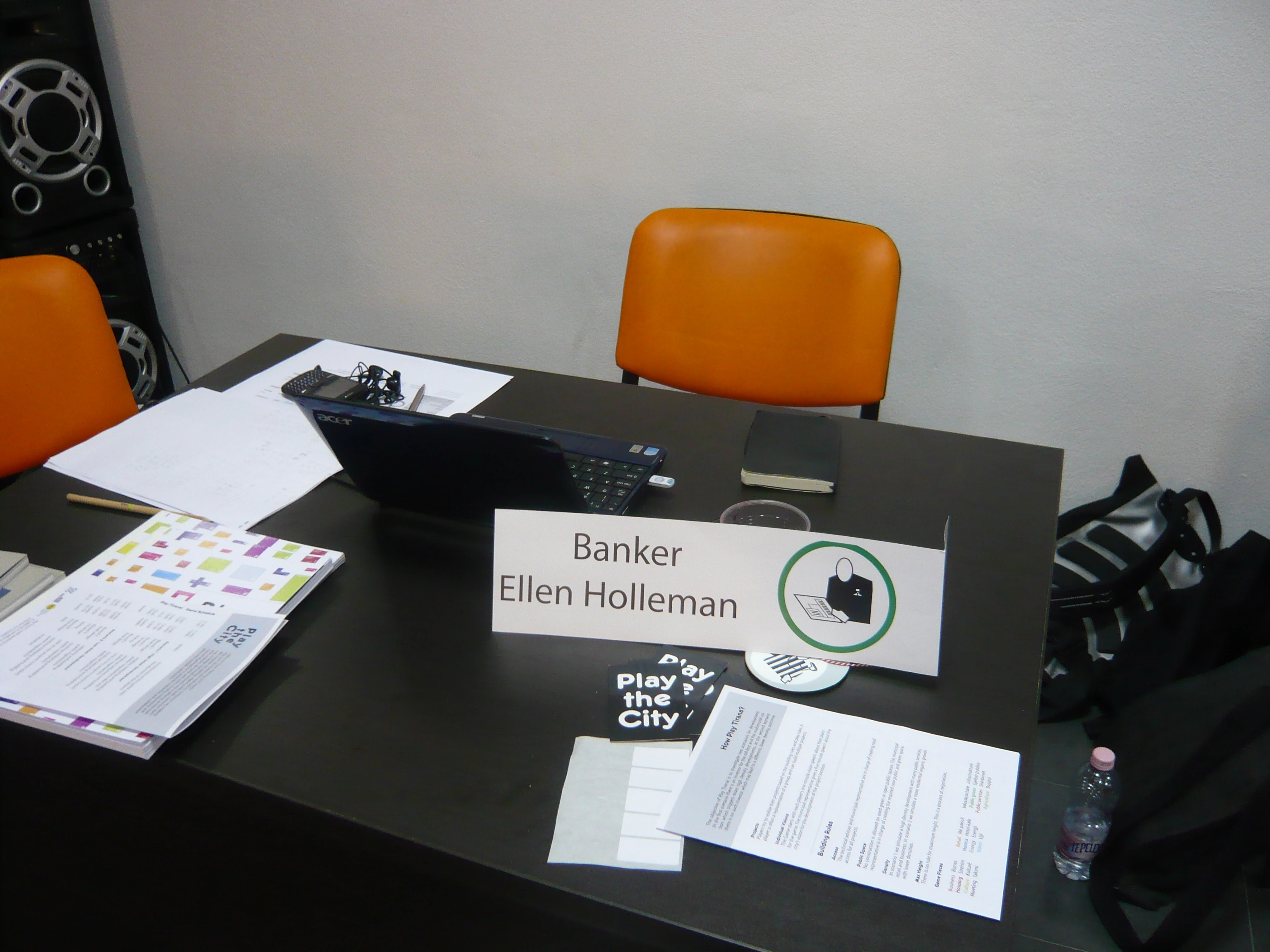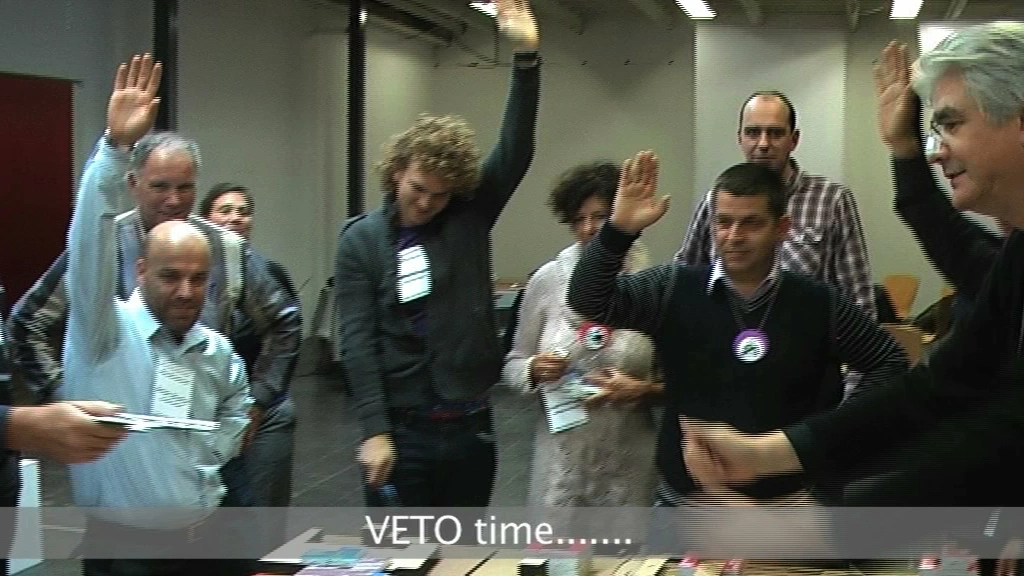In 2011, Holleman was one of the initiators of the three-day international expert meeting "Organic Regional Development: Balkans in the Polder?" which took place in The Hague, the Netherlands. The meeting focused on the question whether experiences from the planning practice in the Balkans region could be useful for spatial challenges in the Netherlands where there was a need for knowledge and expertise in organic regional development. To answer this question, an expert team from the urban planning organization Co-Plan, Albania, was invited to share their knowledge. During the program, the Hague's inner-city industrial area, the Binckhorst, served as a concrete case.
Central to the program was the workshop "Play the City: Balkans vs Binckhorst", a three-part city game as a means of achieving cooperation in the development of the city. "Play the City" was led by urban planning researcher Ekim Tan. On October 26th, a public debate took place, with a public café in Skatepark Sweatshop in the Binckhorst. The outcomes of the expert meeting form the basis for the publication "Balkans in the Polder."
This expert meeting was composed by the following participants of the study trip "What's Up, What's Down" of the Fonds BKVB in 2010:
Ellen Holleman, designer/visual artist Robert-Jan de Kort, architect, SUMoffice Tilmann Meyer-Faje, visual artist Sabrina Lindemann, urban curator, Mobiel Project Bureau OpTrek Su Tomesen, visual artist and director Edwin Verdurmen, architect, CASA Architecture Center & Temporary Planning Department (DTO)
The organization was made possible by the support of the Fonds BKVB, Stroom Den Haag and the Architecture and Planning Stimulation Fund, with the cooperation of the IHS, Rotterdam and Co-Plan/Polis University, Tirana. Photos of Play Binckhorst by Su Tomesen
Balkan in de polder, publication
In the Netherlands, there is a strong culture of top-down planning. Following the real estate crisis that emerged from the economic crisis of 2008, policy makers were forced to initiate more small-scale area developments. This was done under the name of organic area development, or urban transformation without a final image. In the hope that this would lead to a ‘spontaneous city’ with a diversity of buildings. But are Dutch planning professionals really willing to let go of blue-prints and provide more space for user initiatives in an area? Is it imaginable that we will only plan and structure in a second step? Is there an alternative to the 19th century model of urban development in which the government builds infrastructure and the private sector fills in the plots? In Balkan in the Polder - towards organic area development in the Netherlands? these and other questions are discussed and various directions for future urban development are examined. With contributions by Beitske Boonstra, David Hamers, Robert Jan de Kort, Michiel de Lange, Sabrina Lindemann, Saskia Ruijsink, Iris Schutten, and Floor Tinga. Photography by Su Tomesen.
Ellen Holleman, Robert Jan de Kort, Sabrina Lindemann [ed.], Mondriaan Fonds, Amsterdam 2012 ISBN 978-90-76936-34-5.


.webp)

